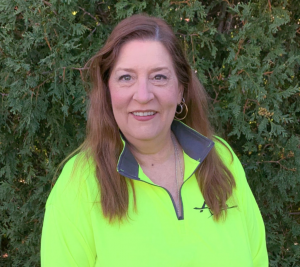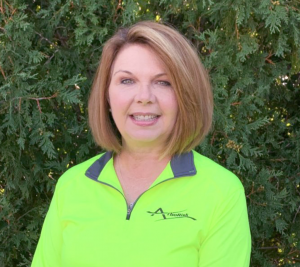4 Vehicle Related Safety Meeting Ideas
4 Vehicle Related Safety Meeting Ideas
At ArboRisk, we have been tracking the injuries, accidents and claims our clients have sustained over the last number of years. While reviewing the data, we have found that 39% of all claims were from vehicle accidents!
Unfortunately, that number doesn’t surprise me, as I feel that many tree care companies do not spend much time during their safety meetings talking about driving habits/skills or hazards they face on the road each day. Instead they assume everyone is a good driver and understands the over-the-road exposures all too well that they spend time on other safety topics.
This article is meant to give you 4 simple vehicle related safety meeting ideas that can make talking about your over-the-road exposures not only come to life, but also fun in the process.
Distracted Driving – Ask for a volunteer from your team. Have them sit down in a chair like they were behind the wheel. Send them a text and ask them to respond to you one-handed as if they were driving. When they look down at their phone, toss a soft ball at them and see what their reaction is. Some will catch the ball, others won’t, some may drop their phone, but pay attention to their reaction and open up discussion on distracted driving using this simple exercise.
Backing Up Contest – Everyone thinks they are the best at backing up a truck and trailer, so create a little competition for your team to safely prove it. Set up a small course in your yard or nearby parking lot with cones. Break up into crews of 2 (one driver and one spotter). Select a vehicle to use with a trailer or towed piece of equipment. Create a point system to score the contestants. Give out a small prize to the winning team after discussing what everyone witnessed within the contest.
Pre-Trip Inspection – As you know, your drivers should be performing pre-trip inspection before taking any vehicles out on the road. Unfortunately, this process can become repetitive leading to complacency during the inspection. Highlight the importance of the pre-trip by performing an entire pre-trip inspection with your team on one of your trucks. After going through it with everyone, assign teams to complete a pre-trip together. Discuss with the entire group on what their team found. It may be shocking to hear how members of your team perform the pre-trip differently from others.
Jobsite Setup on Road – Does your team know how to properly set up the jobsite when working on/near a street? Create space in your yard or on the street outside of your shop to set up a jobsite/work zone during the safety meeting. Ask for volunteers from your team to set up the cones and signs at the proper distance. After they have placed them, coach them through any corrections. Discuss what other factors they need to be aware of while working on the street, including traffic control, hi-viz vests, chip truck and loading zone placement, etc.
Just think how better off your company would be if you had 40% less insurance claims. Use these 4 very simple safety meeting ideas to put an emphasis on vehicle safety.
If you need help with your Safety Culture or Driver and Fleet Safety program, contact an ArboRisk team member today.

Written by: Eric Petsersen



